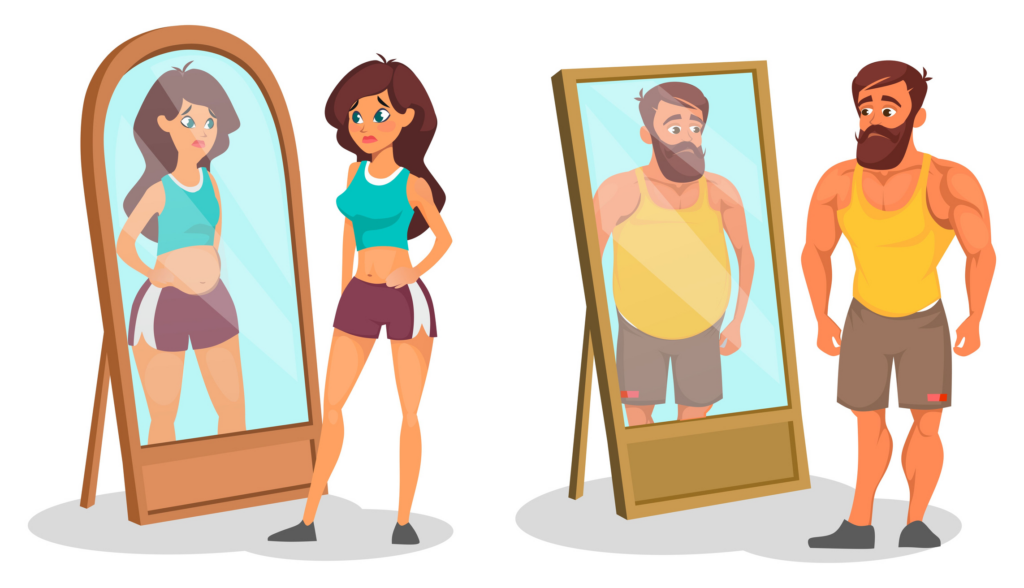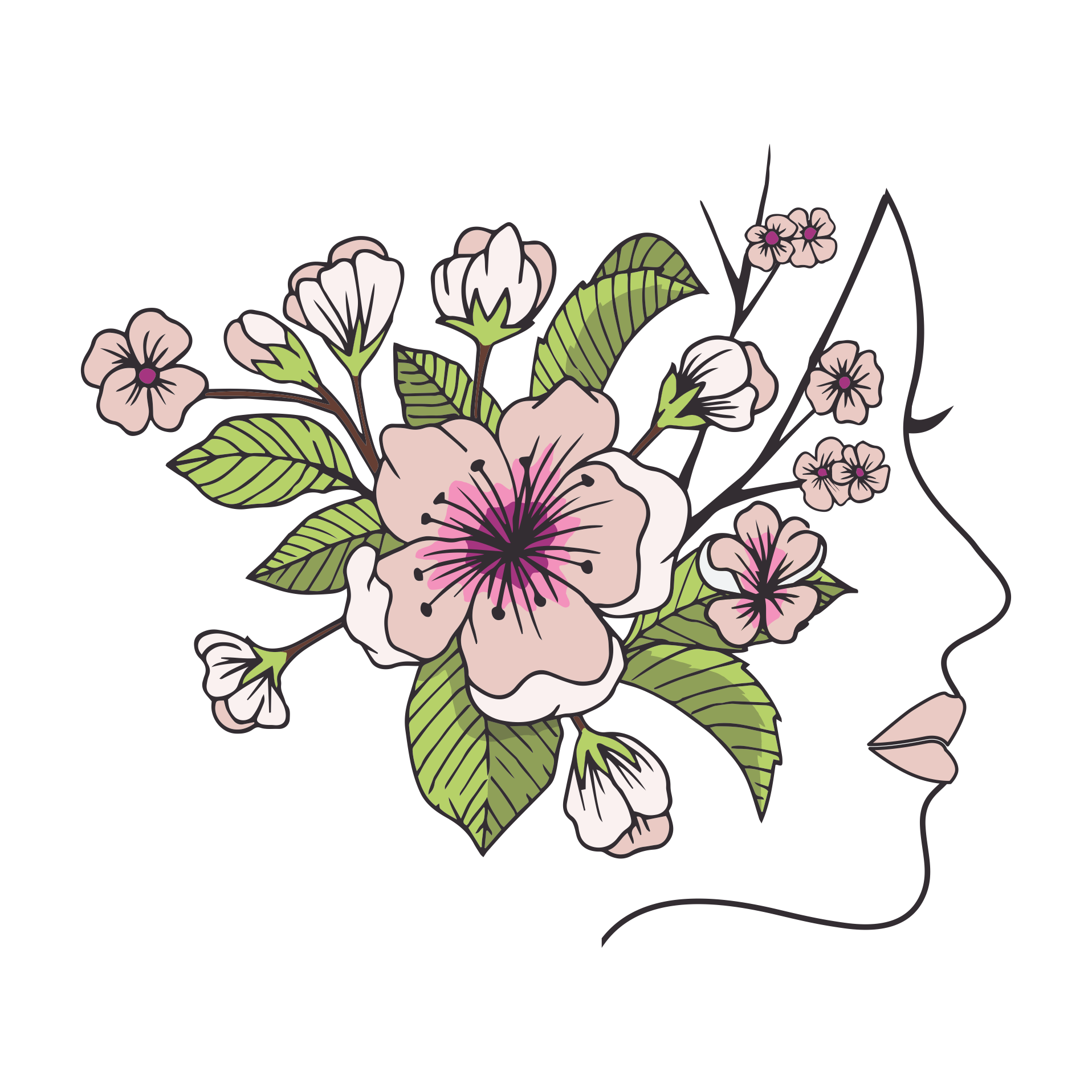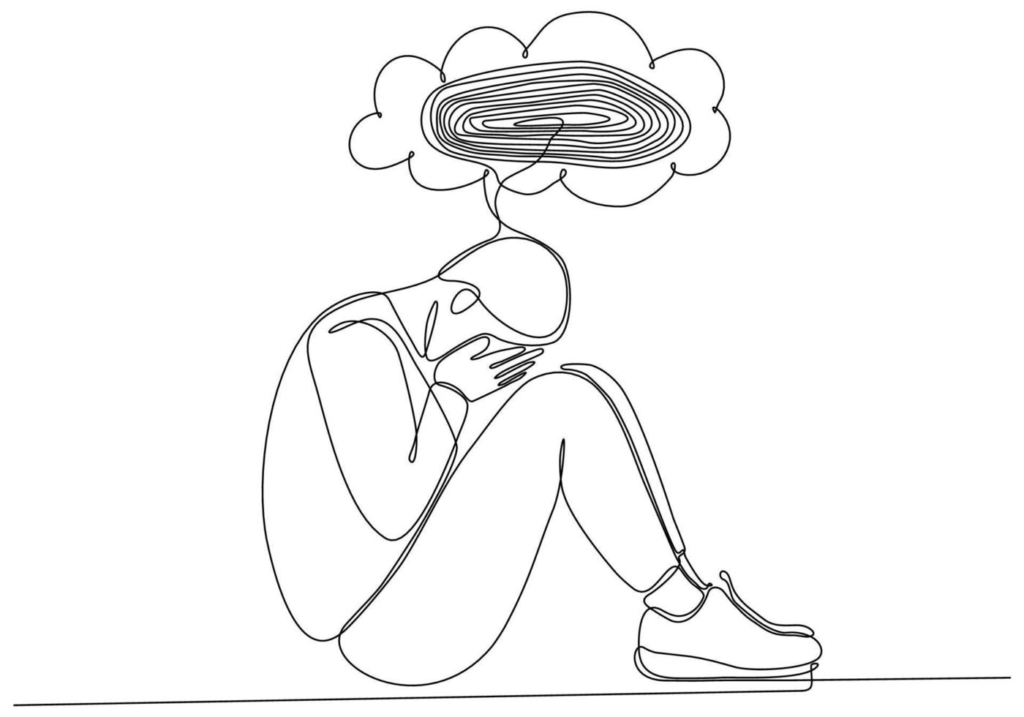
Have you ever avoided looking in the mirror because you didn’t like what you saw reflected back at you?
For years, I did. I had a laundry list of things that I didn’t like about myself, starting from my head to my toes. My nose was too big. My lips were too full. My thighs were too thick. I couldn’t see beauty in myself, no matter how hard I tried. To be transparent, “pretty” was never a word I would have used to describe myself. Instead, I diverted my gaze downward, afraid of my own reflection.
One of the biggest challenges on my late-bloomer journey was learning to acknowledge my individual external beauty. Today, I want to share my experiences with Body Dysmorphia and the steps I have taken to build a positive self-image—steps that might help you, too.
What is Body Dysmorphia?
Body Dysmorphia is when a person becomes excessively preoccupied with perceived flaws in their appearance. These flaws are often minor or even unnoticeable to others, but they cause significant distress and can interfere with daily life. People with body dysmorphia may engage in compulsive behaviors such as excessive mirror checking, skin picking, seeking reassurance, or avoiding social situations due to their perceived imperfections.
Breaking Free from Approval Seeking
My idea of beauty was shaped by the women in my family who received the most attention, the women my father dated, and those pedestalized in my community—women who looked nothing like me. These beauty standards made me feel like an outsider, unworthy of admiration. I constantly compared myself, believing my features, complexion, and body type were not enough. They were fair-skinned, had longer hair, and were slim. Meanwhile, I had dark brown skin, hair that at one point barely reached my chin, a thicker body, and a butt that my grandmother made me stuff into a girdle every Sunday morning before church starting at the age 12.
For years, I struggled to see myself as beautiful. Fast forward to the age of 26, a 3-year relationship in Memphis, Tennessee, only deepened my insecurities. My partner constantly compared me to other women, making me feel like I was never enough. I started to believe I was lucky to have anyone interested in me at all. My low self-image trapped me in spaces where I wasn’t valued. I tolerated mistreatment, convinced that my appearance determined my worth and that I didn’t deserve better because of how I looked.
To be honest, in the beginning, all I wanted was for him to see me as beautiful, hoping that his validation would make me believe it too. But even when I finally started seeing improvements in my appearance, he still put me down. That was when I realized—some people can never be pleased, especially when their framework of beauty does not include you.
So I had to rebuild my own framework—one that included myself.
How I Transformed My Body Image: A Guide for You
Step 1: Take Control of Your Health
You’d be surprised how much your appearance changes when you’re actually well-hydrated, properly nourished, and active.
- Dark circles under my eyes became less noticeable.
- My skin took on a healthier glow.
- The inflammation that made my face look puffy (and my nose appear larger) subsided.
- My body started feeling stronger and more capable, and I even noticed improvements in my posture.
- My chin length hair finally began to grow.
After about three months, I saw a noticeable difference in my face and body—not because I had changed who I was, but because I was treating myself better. I actively started this journey at the age of 27, and now, five years later, I am almost unrecognizable compared to when I began. The way I care for myself, the way I carry myself, and even the way I see myself have transformed in ways I never thought possible.
Try This: If you’re struggling with body image, start by focusing on small, manageable health habits. Drink more water, add one nutrient-rich food to each of your meals, or take a short walk daily. Small changes add up. Health is attractive.
Step 2: Groom Yourself in a Way That Complements Your Features
I stopped hiding. Instead of avoiding my reflection, I invested in self-care that enhanced what I already had:
- I got my eyebrows professionally shaped.
- I went to a hairstylist who knew how to work with my natural texture.
- I started wearing clothes that accentuated my figure instead of hiding it.
This wasn’t about changing who I was—it was about presenting the best version of myself.
Try This: Choose one grooming habit that makes you feel more confident. It could be getting a new hairstyle, updating your wardrobe, or simply maintaining a skincare routine.
Step 3: Seek Professional Support and Practical Solutions
At 29, I returned to therapy with a simple but profound goal—learning to like myself. My therapist helped me change the way I spoke to myself, teaching me that self-improvement didn’t have to come from self-degradation but could instead be rooted in kindness and self-compassion.
At the same time, I realized that some aspects of my appearance wouldn’t improve through lifestyle changes alone.
For example, I had inflamed pores on my nose that trapped oil under my skin, causing acne and making my nose appear bigger than it actually was. It wasn’t until I saw a dermatologist that I realized I didn’t have to just “accept” it. With Fraxel laser treatments, I was finally able to smooth out the texture and reduce inflammation.
At 31, I decided to get Invisalign because my crowded bottom teeth made flossing difficult, leading to plaque buildup. I also had bucked teeth that made me insecure about my side profile whenever I smiled. Correcting this was more than a cosmetic change—it helped me feel more comfortable and confident in my appearance. This experience reinforced that dental hygiene is just as important as skincare when it comes to confidence and self-care.
Budget-Friendly Tip: If professional treatments seem out of reach, explore payment plans or insurance options that may help. For skincare, affordable alternatives like retinol, vitamin C, and well-formulated drugstore products can create noticeable improvements over time.
Step 4: Change Your Social Media Algorithm
For the longest time, I avoided apps like Instagram because it was too easy to compare myself to others. Seeing perfectly curated images of people who fit conventional beauty standards reinforced the idea that I wasn’t enough. I found myself obsessing over their features, picking apart my own, and feeling like I could never measure up. Instead of serving as inspiration, it became a distraction that deepened my insecurities and made it harder to see my own beauty.
That changed when I downloaded Instagram with the sole purpose of creating a curated feed to reflect beauty that looked like me. I intentionally followed women like @JessLeeWong, @TheShelahMarie, and @Kesha.Collins:
- Women with my hair type.
- Women with my body type.
- Women with facial features like mine.
- Women of my complexion.
I saturated my timeline with these images until my perspective changed. Whenever someone praised their beauty, I reminded myself that the same attributes others admired in them could also be found in me—even if I couldn’t see it yet.
Step 5: Remove People Who Make You Feel Unbeautiful
One of the most important changes I made was distancing myself from people who reinforced my insecurities. In early 2023, when my partner at the time threatened for the umpteenth time that he should leave me for someone more attractive, I let him. When a close friend I had known for years began to make backhanded comments about my appearance, comparing me to others in ways that made me feel inadequate, I let her go.
Over time, I realized their words fed into my self-doubt, making it even harder to see my own beauty. Walking away from relationships like these wasn’t easy, but it was necessary for my growth and self-acceptance. No amount of self-work would matter if I continued surrounding myself with people who made me feel less than. Whether it was friends, partners, or even family members who subtly (or blatantly) undermined my confidence, I chose to step away.
This wasn’t about anger or revenge—it was about protecting my peace and making room for people who saw and appreciated me for who I was. Over time, this shift helped me fully embrace my beauty without needing external validation.
Step 6: Practice Mirror Exposure Therapy
The final and most difficult step: facing my reflection.
For my 31st birthday, I bought a full-length mirror.
Every night, after my bath, I sat in front of the mirror—unclothed and bare—and slowly applied my beauty products starting with my face, then my body, and finally, my hair. As I moved through the routine, I spoke life into myself:
- “You have beautiful skin.”
- “I love the kinks and curls in your hair.”
- “I love you.”
At first, I could barely look at myself. The words felt hollow—like I was lying to myself. I also struggled to not judge my imperfections, like the loose skin on my breasts and inner thighs from years of slouching and yo-yo dieting. But over time, the words didn’t feel like lies anymore. I wasn’t just speaking life into myself; I was actively changing my diet, my lifestyle, and the way I cared for my body.
I did this for months until one day, at the age of 32, I looked in the mirror and finally saw beauty staring back at me.
Afraid to Start Mirror Exposure Therapy? If it feels overwhelming, start with small steps. Instead of looking at your whole reflection, focus on a single feature you like. Compliment yourself. “Your eyes are kind.” “Your lips are beautiful.” The goal is to replace self-criticism with self-compassion.
Final Thoughts: Beauty is a Journey, Not a Destination
I won’t lie and say I love every part of myself 100% of the time. But by looking at my body every day, I’ve learned to be less disgusted by the things I once hated.
And that’s the real goal. Not perfection, but acceptance. If you’re on this journey too, start with just one small step today—whether it’s speaking kindly to yourself, adjusting your social media feed, or simply looking in the mirror without judgment. Every step matters.
Journal Prompt: What are three things you appreciate about your appearance today? If this feels difficult, start with one. Reflect on how your perspective has evolved over time.
What about you? Have you ever struggled with your self-image? What steps have helped you embrace yourself? Comment below.
Until next time,
Later Bloomers.


